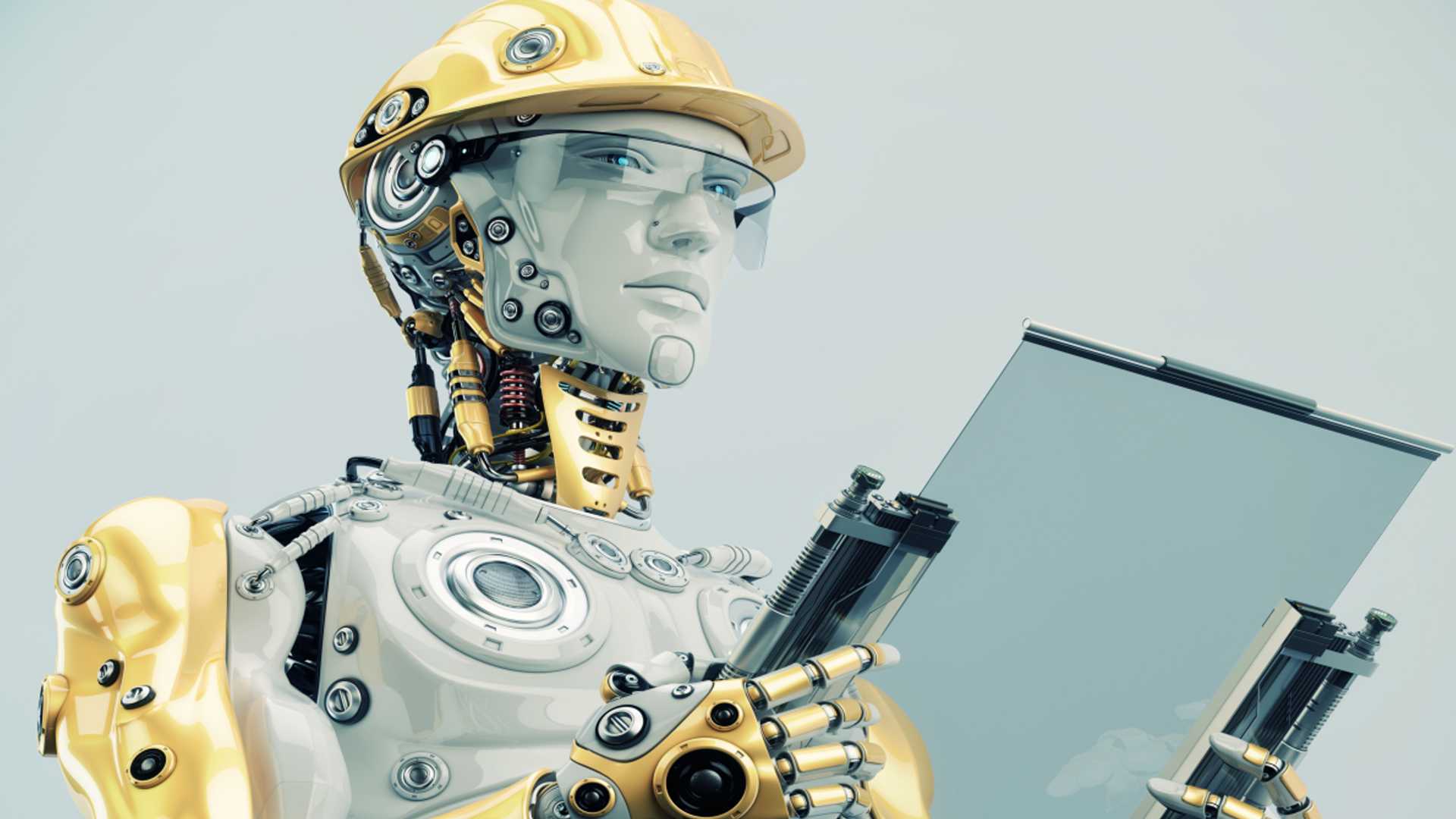Auto-GPT will supercharge ChatGPT and change how we use it – in ...
Auto-GPT is changing the landscape of how ChatGPT is used. ChatGPT is an AI bot that has become increasingly popular, particularly in its use for work and technical assistance. Developers have been finding innovative ways to integrate the bot into their projects and automate its prompts to encourage autonomous task performance.
Auto-GPT is an open-source application that automates prompts for GPT-4, the latest version of the ChatGPT AI bot. Users can put in a list of tasks they want to be completed and Auto-GPT communicates with ChatGPT to generate prompts by itself and finish the various interwoven tasks. With this application, users don’t have to guide the bot constantly while using it for work.
As it stands, users will require some basic coding knowledge to use Auto-GPT, as they would have to connect with the OpenAI application programming interface (API), but as demand for this application increases, more accessible versions will no doubt become available as well.
The application of a program like Auto-GPT is endless. ChatGPT is a technology that can produce content on demand, and it doesn't sleep or eat. It is an endless bank of information, and with Auto-GPT, the bot gains self-evaluation. This means that ChatGPT could become essentially self-sufficient after the user's initial prompt. However, the lack of human interaction could be problematic if we jump straight in without proper human oversight.
The possibilities for Auto-GPT are endless. It could auto-respond to emails, curate complex to-do lists for small businesses, act as a supercharged customer service chat for websites, or an intelligent directory for people visiting sites and requiring more information. For example, if Auto-GPT was being used by a museum, guests could talk to the bot about the exhibits right now but also create bookings, ask for up-to-date itineraries, curate day-long plans and packages, and respond to any issues.
While Auto-GPT can solve specific problems with isolated sections of code, it might fail to consider how that section fits into the rest of the project, resulting in the dreaded "spaghetti code." Thus, the lack of foresight could be difficult to navigate without proper human oversight.
Overall, Auto-GPT is opening up new possibilities for ChatGPT that we haven't yet explored. It helps remove the weight of constantly having to guide the bot and could make ChatGPT essentially self-sufficient. As more accessible versions of Auto-GPT become available, we can expect to see several groundbreaking applications that could revolutionize how we use ChatGPT.




















